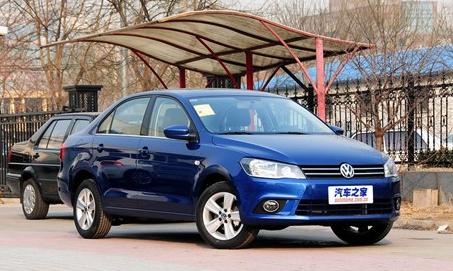 Vehicle equipment quality kg:
Vehicle equipment quality kg: The quality of fully equipped vehicles, including lubricants, fuel, on-board tools, spare tires, and all other equipment.
The maximum total mass kg:
The total mass of the car at full load.
The maximum loading mass kg:
The maximum loading quality of a car when driving on a road.
The maximum axle load mass kg:
The maximum total mass that a single axle carries. It is related to road passing.
Car length mm:
The distance between two extreme points in the length direction of the car.
Car width mm:
The distance between the two extreme points in the width direction of the car.
Car height mm:
The distance from the highest point of the car to the ground.
Wheelbase mm:
The distance from the center of the front axle of the car to the center of the rear axle.
Track distance mm:
The distance between the centerline of the tire treads on the same axle.
Front suspension mm:
The distance from the front of the car to the center of the front axle.
Rear suspension mm:
The distance from the rear of the car to the center of the rear axle.
Minimum ground clearance mm:
When the car is full, the distance from the lowest point to the ground.
The maximum speed:
The maximum speed that a car can reach on a flat road, in KM/H.
Maximum grade:
Maximum climbing ability when the car is full (%).
Turn diameter:
The diameter of the trajectory circle of the center plane of the steering wheel in the vehicle support plane when the steering wheel is turned to the extreme position.
Braking distance of the car:
Refers to the distance the car is on a good test runway, at a prescribed speed, during emergency braking, and when the brake pedal is fully parked.
Approach angle a1:
It refers to the maximum angle between the horizontal surface (ground) and the plane cut to the outer edge of the front tire when the vehicle is in static load.
Departure angle a2:
It refers to the maximum angle between the horizontal plane (ground) and the plane cut to the outer edge of the rear tire when the vehicle is in a static state.
engine capacity:
Refers to the sum of the working volumes of the cylinders of a multi-cylinder engine.
Four-stroke engine:
The operating cycle of the engine includes four piston strokes, ie, intake stroke, compression stroke, expansion stroke (work stroke), and exhaust stroke.
Two-stroke engine:
The intake, compression, combustion, and exhaust of the engine occur between the two strokes of the piston.
Compression ratio:
Refers to the ratio of the maximum volume of gas in the cylinder before compression to the minimum volume after compression.
Effective torque (torque):
The torque (torque) of the engine output through the flywheel, in units of Nm.
Maximum torque (torque):
The maximum torque (torque) output by the engine at a certain speed, in Nn/rpm.
Effective power:
The output power of the engine through the flywheel. The unit is Kw.
Fuel consumption:
The mass of fuel consumed in 1 hour for each 1kw of effective power emitted by the engine. The unit is g.
Fuel consumption:
It refers to the amount of fuel consumed by a car traveling 100km (measured in L/100KM).
Detonation:
Because the air-fuel mixture compressed in the combustion chamber is self-igniting, the partially unburned mixture produces secondary ignition (after the spark plug is ignited), emits an explosion sound, and generates knocking. Most of the reasons are due to too early ignition timing or too low octane number of the fuel.
Cross Link Shrink Film ,White Shrink Wrap,Plastik Shrink Wrap,Printed Shrink Wrap
Guangdong Xiangmei Film Co.,Ltd , https://www.xiangmeipacking.com